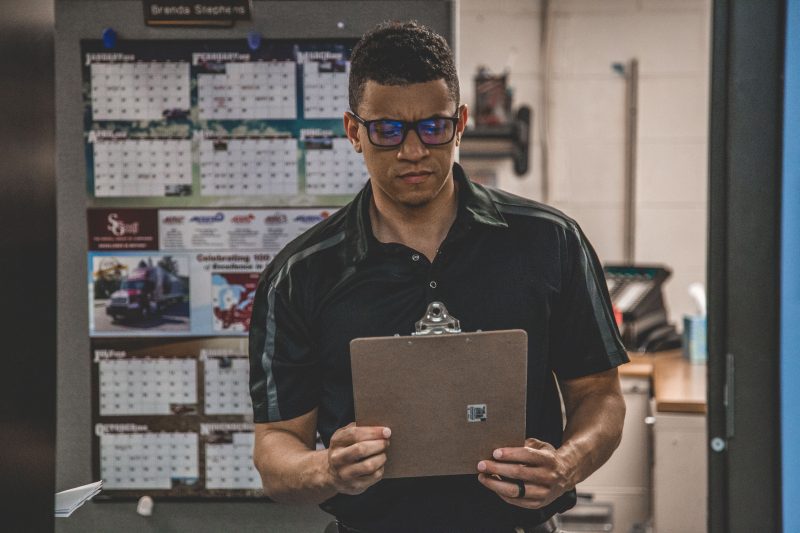There are four typical reasons an OSHA Inspector would come to your facility:
OSHA inspections should always be on your radar, especially if you are operating in a high-risk industry. The frequency of OSHA inspections is consistently high – with over 73,000 State and federal inspections conducted in 2018, alone. They’ve also received an extra $5,000,000 in their funding for 2019, indicating a sustained federal interest in worker’s safety around the country for the immediate future.
OSHA inspections can trigger due to a variety of different reasons – some can be predicted, others cannot. Here are 4 typical reasons OSHA may drop in on you for an inspection:
1. Complaints from Employees or the Public:
Amount of Complaint Inspections in 2018: 7,489
In the United States, employees have a right to file a complaint against their employer at any time. They can do this through various means and, once received by the OSHA area office, an OSHA Inspector must follow up on the complaint. The same process is true for the public. If your facility, construction site, etc. causes a visible threat to the public, a complaint can be filed with the area office at any time.
Workers don’t need to know if an OSHA standard has been violated to file a complaint – they can file a report if they believe there is a serious hazard present.
For more information on how to file a complaint, visit this page at osha.gov
2. Programmed Inspections
Amount of Programmed Inspections in 2018: 13,956
A programmed inspection is specific to the employer’s workplace and is usually triggered by some indicator of a higher than normal risk. An excessive number of workplace injuries, lost workdays, or deaths may lead to a programmed inspection. A history of serious OSHA citations may also lead to increased scrutiny.
If your workplace or work activities fall in the high hazard category you may experience a programmed inspection.
3. Local Emphasis Programs
Local Emphasis Programs (LEPs) are enforcement strategies to address risks specific to a hazard or industry within a specific region. Here’s what OSHA has to say:
“(LEPs) are enforcement strategies designed and implemented at the regional office and/or area office levels. These programs are intended to address hazards or industries that pose a particular risk to workers in the office’s jurisdiction. The emphasis programs may be implemented by a single area office, or at the regional level (Regional Emphasis Programs), and applied to all of the area offices within the region. These LEPs will be accompanied by outreach intended to make employers in the area aware of the program as well as the hazards that the programs are designed to reduce or eliminate. This outreach may be in the form of informational mailings, training at local tradeshows, or speeches at meetings of industry groups or labor organizations.”
For example, Region 5 (which includes Illinois, Indiana, Michigan, Minnesota, Ohio, and Wisconsin) currently has an active LEP for Fall Hazards in Construction and General Industry. Under this program, “inspections conducted… would be initiated by several means: Compliance Officers’ observations, non-formal complaints, and referrals from other outside sources.”
To find LEPs for your region, visit this page at osha.gov
4. National Emphasis Program
National Emphasis Programs (NEPs) are similar to LEPs, but are implemented on a national scale and “focus OSHA’s resources on particular hazards and high-hazard industries.” OSHA states this program is “evaluated using inspection data, injury and illness data, National Institute for Occupational Safety and Health (NIOSH) reports, peer-reviewed literature, analysis of inspection findings, and other available information sources.”
Recent examples of NEPs include: Combustible Dust, Hazardous Machinery, Hexavalent Chromium, Lead, Primary Metals Industries, Process Safety Management, and Trenching and Excavation.
To find more info on current NEPs, visit this page at osha.gov
If you’re ready to ensure that an OSHA inspection would proceed smoothly in your own organization, do not hesitate to reach out to us by phone at 630.759.9908 or by email at Info@Optimum-USA.com.








